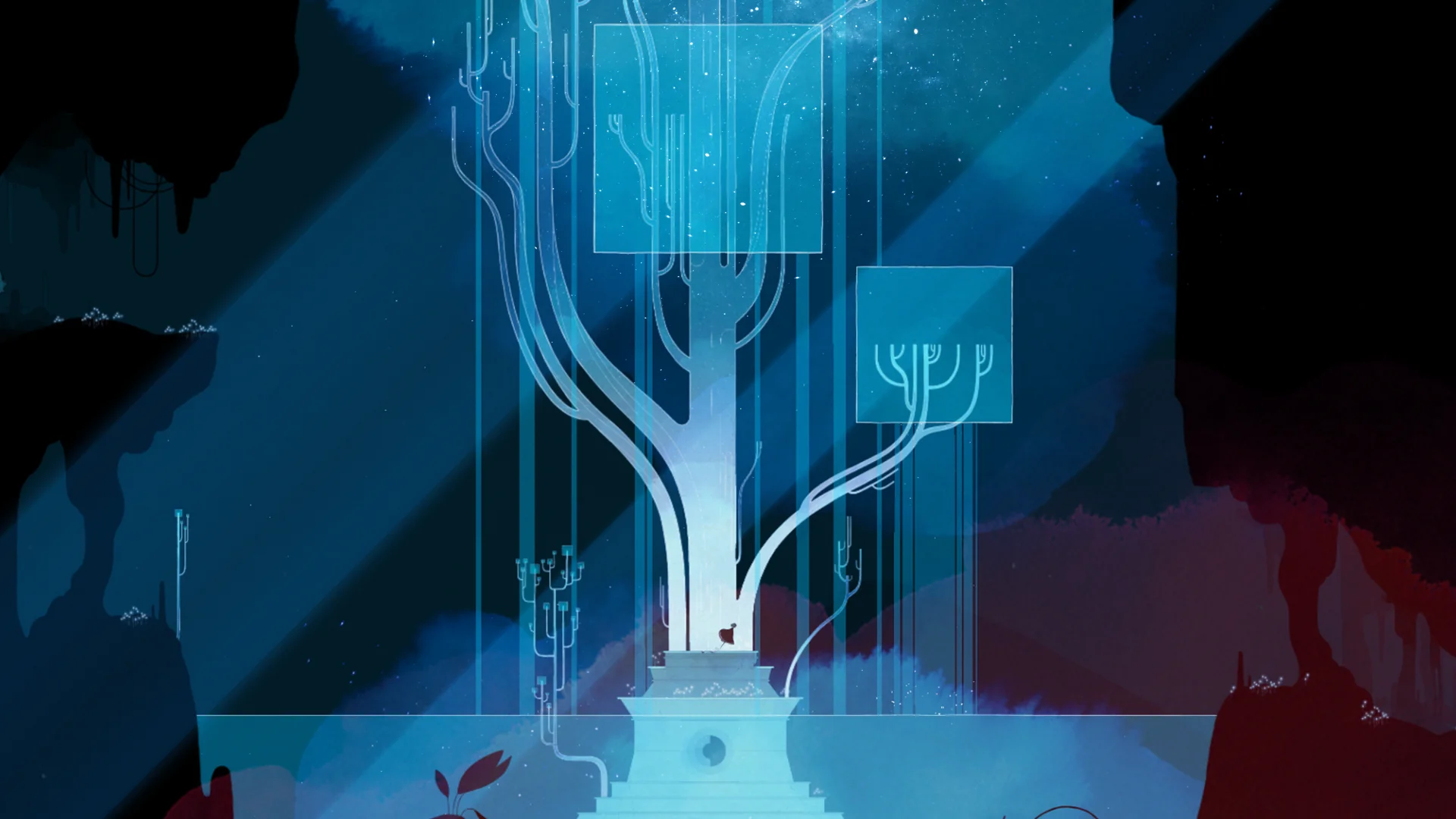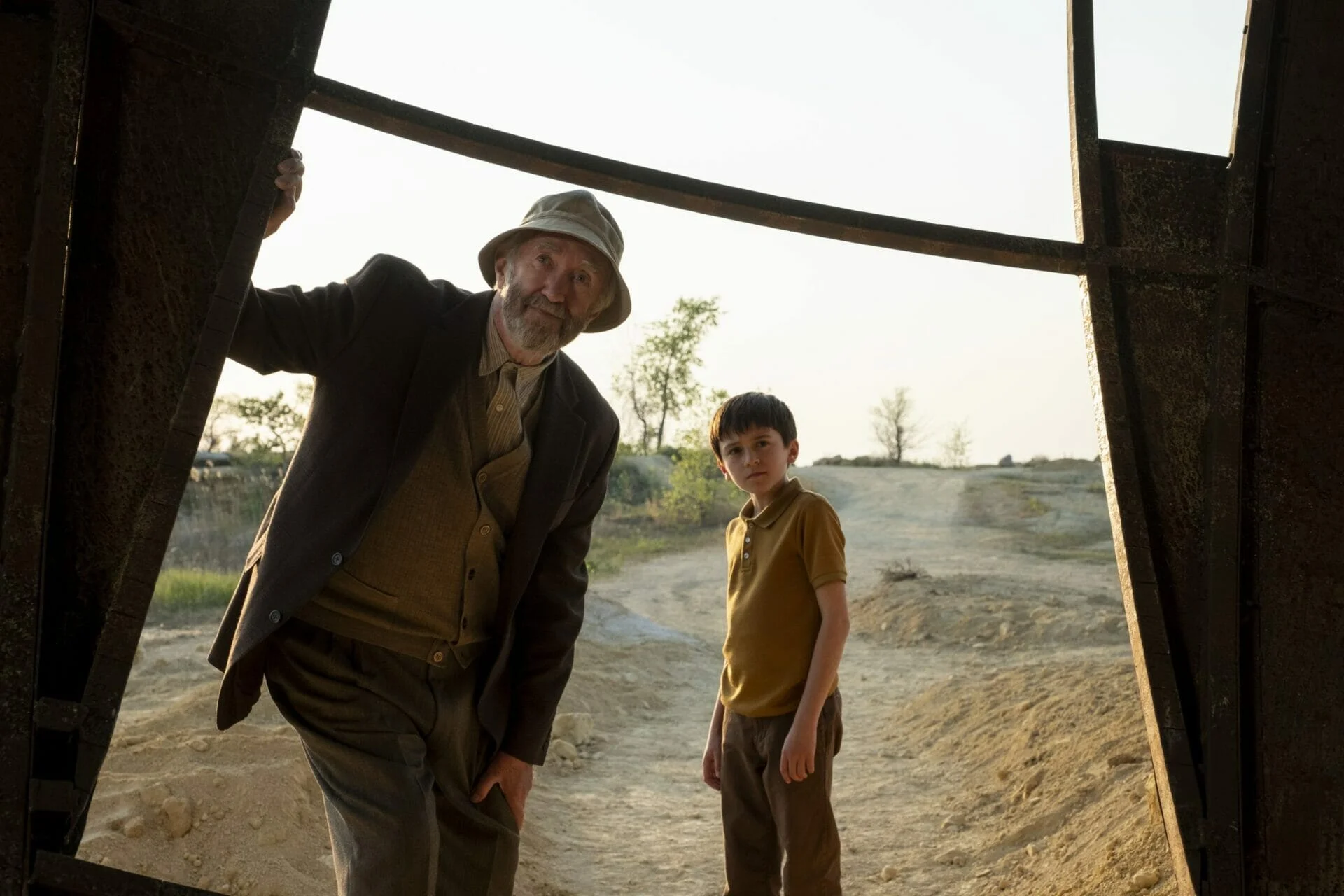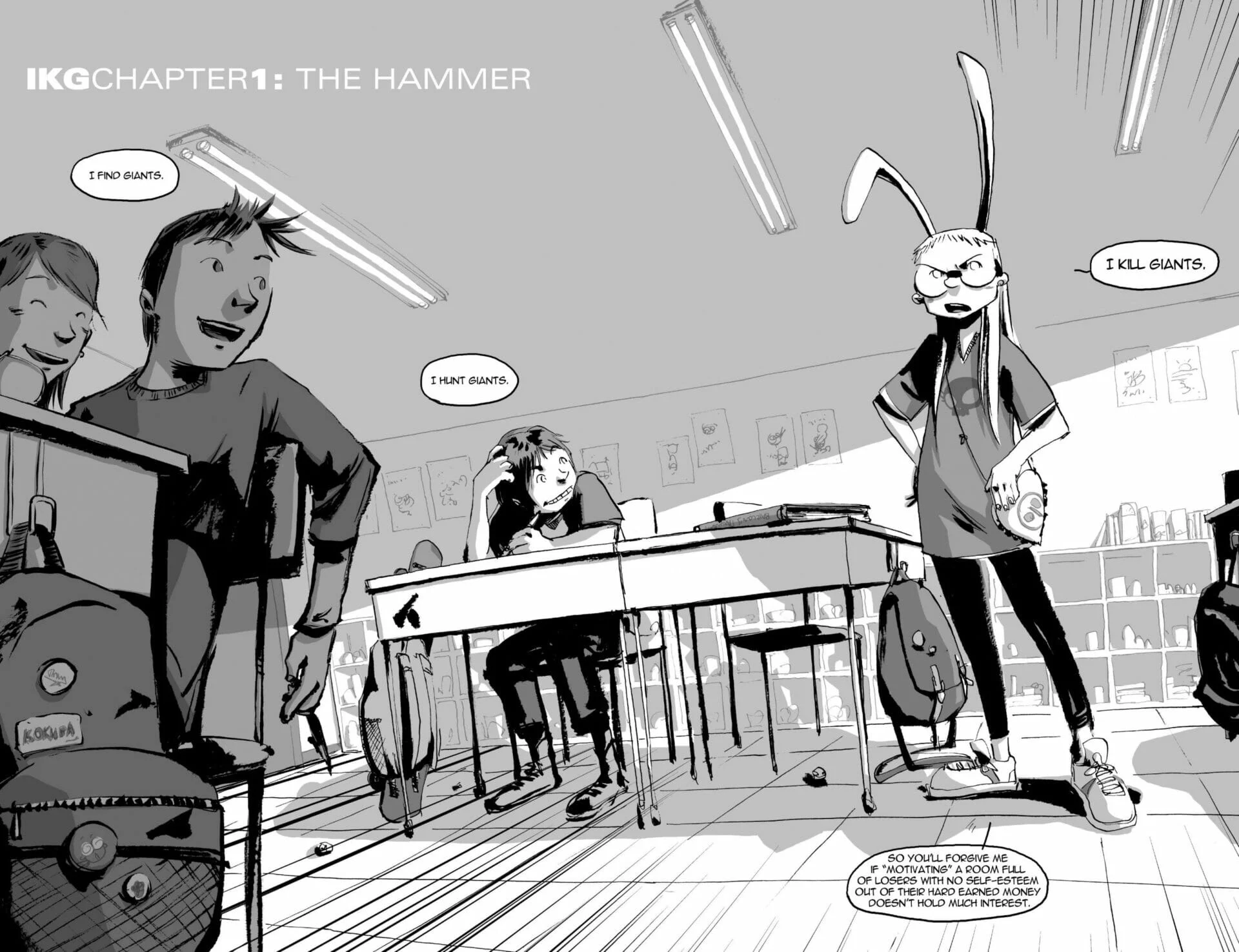
I Kill Giants | Low fantasy comics as a coping mechanism
Year
Length
Genre
From the wanderings of a child’s mind to the confusing reality of the mentally ill, the line between the real world and fantasy has been an inspiration in many creative works. A few examples in different media are Dino Buzzati‘s short stories Sessanta racconti. Or, moving to the cinema, Pan’s Labyrinth. In these works, the combination of fantasy and reality creates wonder or horror. In the comic book limited series I Kill Giants, instead, fantasy becomes a young girl’s method for escapism and coping.
I Kill Giants was a monthly comic series by writer Joe Kelly and artist J. M. Ken Niimura. It started in 2008 and ended in 2009, after 7 issues. Then, in late 2009 the series was collected into an individual volume. This helped spread its fame and it won a series of awards, among which the Gold Award at 2012’s 5th International Manga Award. The New York magazine nominated it as one of the ten best comics of 2009.
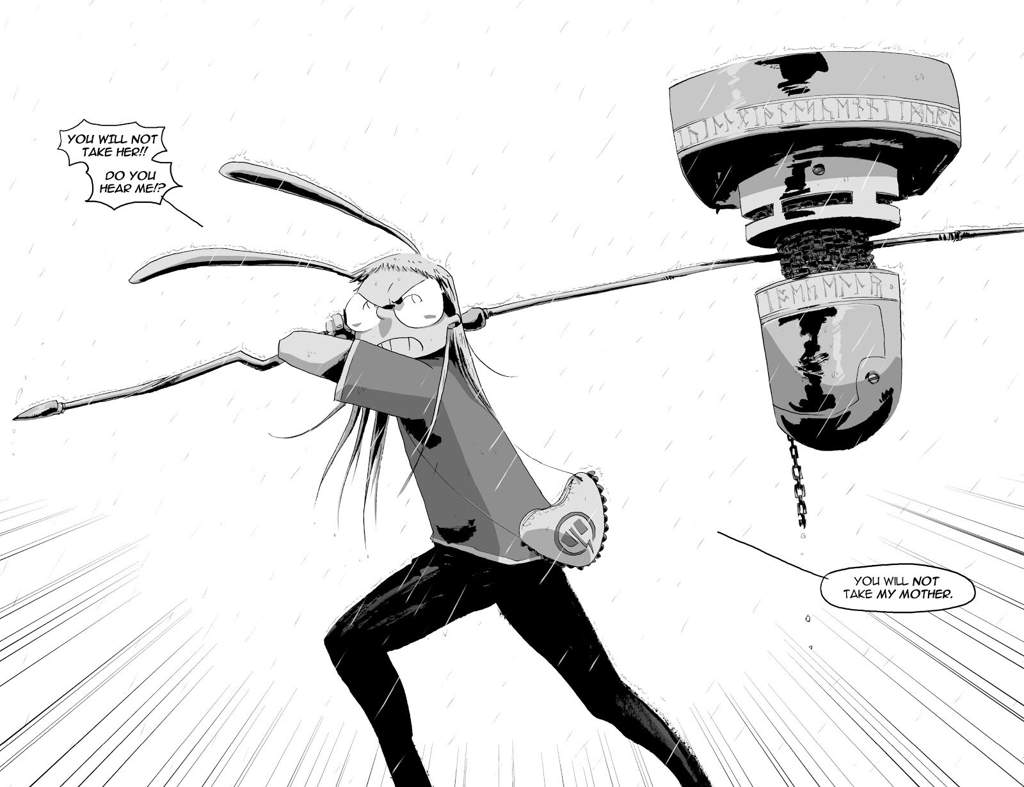
I Kill Giants’ low fantasy
Differently from the commonly known fantasy genre, in low fantasy stories, magical events disrupt an otherwise ordinary world, as it happens in the book and tv show Good Omens by Terry Pratchett and Neil Gaiman.
I Kill Giants’ protagonist Barbara Thorson lives a regular life, but she also fights giants with her hammer Coveleski. She is very vocal about this mission, thus attracting (mostly negative) attention from teachers and classmates. Barbara’s story is hard to believe, but Sophia, a girl who just moved into town, chooses to listen anyways. This friendly connection, without judgment or pity, will radically change Barbara’s perspective on relationships.
Niimura’s style in the I Kill Giants comic is dirty and direct. Through his drawings, the reader sees the world as Barbara sees it. The pixies, the giants, and the ominous signs become as real as they can be, including the frightful creature in Barbara’s upper floor that blocks her from sleeping in her own bedroom.
Girls in nerd culture
Barbara’s great passion is Dungeon and Dragons, a famous role-playing game. She loves reading, organizing gaming sessions and mastering them, directing other players towards their fate. She does not compromise, does not fake kindness, and always plays at her maximum potential. However, she is a girl and this appears to be a problem.
In its most realistic moments, I Kill Giants narrates the struggles of a woman to be accepted into nerd spaces, typically male-dominated. In the comic, Barbara is either rejected by her fellow players because of her gender or by her fellow girls because she is different. She belongs to both categories, but she’s not accepted in either. The personality she develops – rude, insensitive, violent – does not help with her integration. This is a struggle that a lot of women who have an interest in nerd culture will be able to relate to.
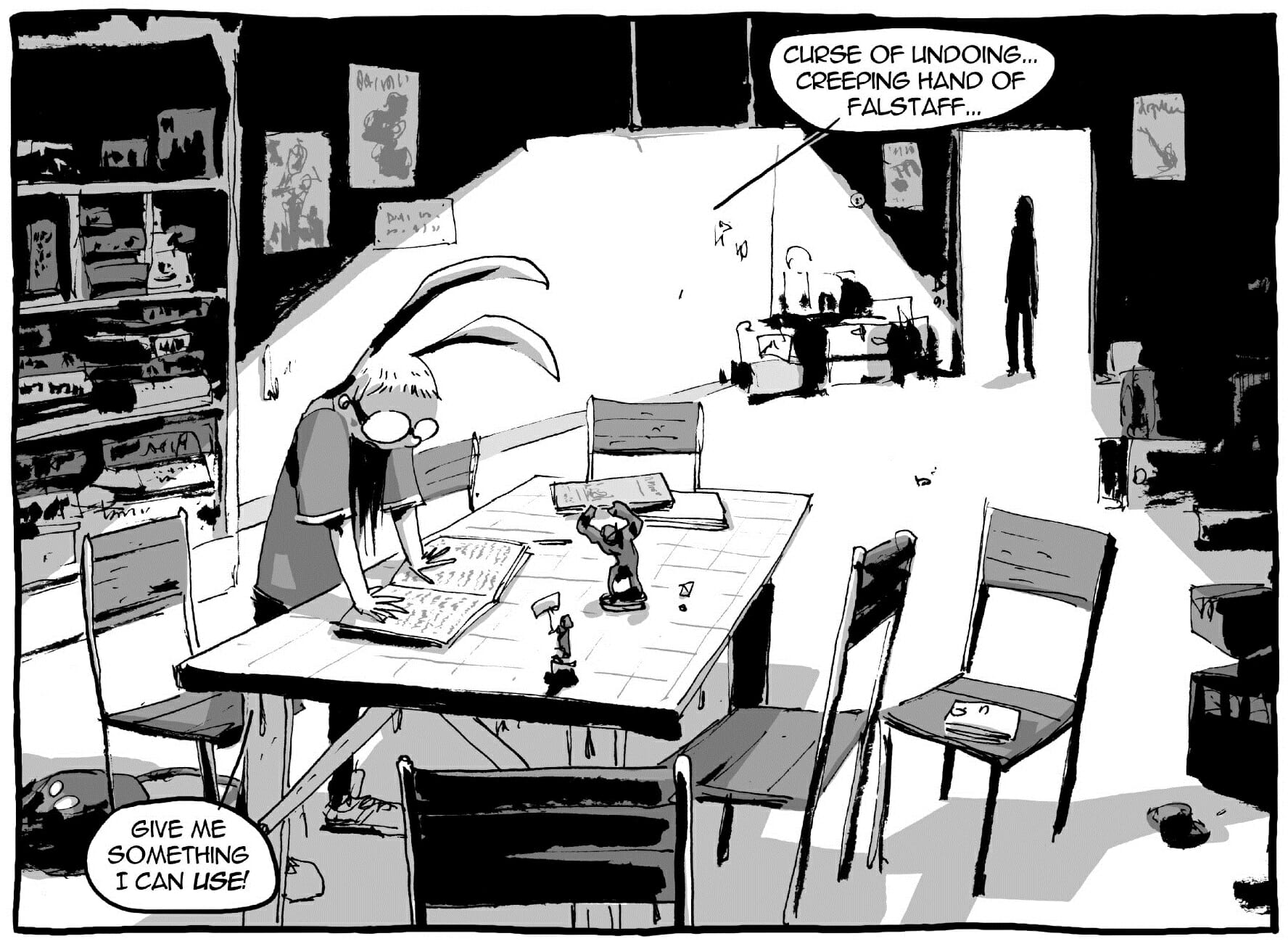
Denying death is denying life
I Kill Giants’ deep metaphor is unmistakable. As the story of the comic continues, the reader gets to find out who the giants really were. Most of all, they figure out who the scary figure in the house is, and where Barbara’s problems began. While the reader sees Barbara literally facing her demons, they can also learn from her.
Barbara faces her fear of death and her hopelessness by fighting and talking. She learns that death is yet another part of life, an inescapable one. Running from it is useless, and the only thing left to do is to use the given time in a purposeful way.
It’s a powerful message that may seem hard to understand. But I Kill Giants walks the reader into it step by step, allowing both them and Barbara to reach the same conclusion. The finale is heart-wrenching but in some way comforting. In the worst of times, even when nobody can help you, you can help yourself. And find a way to be at peace, despite everything.
In 2017 the I Kill Giants comic became a live-action feature film. It was directed by Anders Walter, while Joe Kelly himself wrote the screenplay. The movie is generally in line with the original comic book. It leaves the plot and message untouched while adding more space for combat and fantasy scenes.
Tag
Buy a ☕ for Hypercritic






